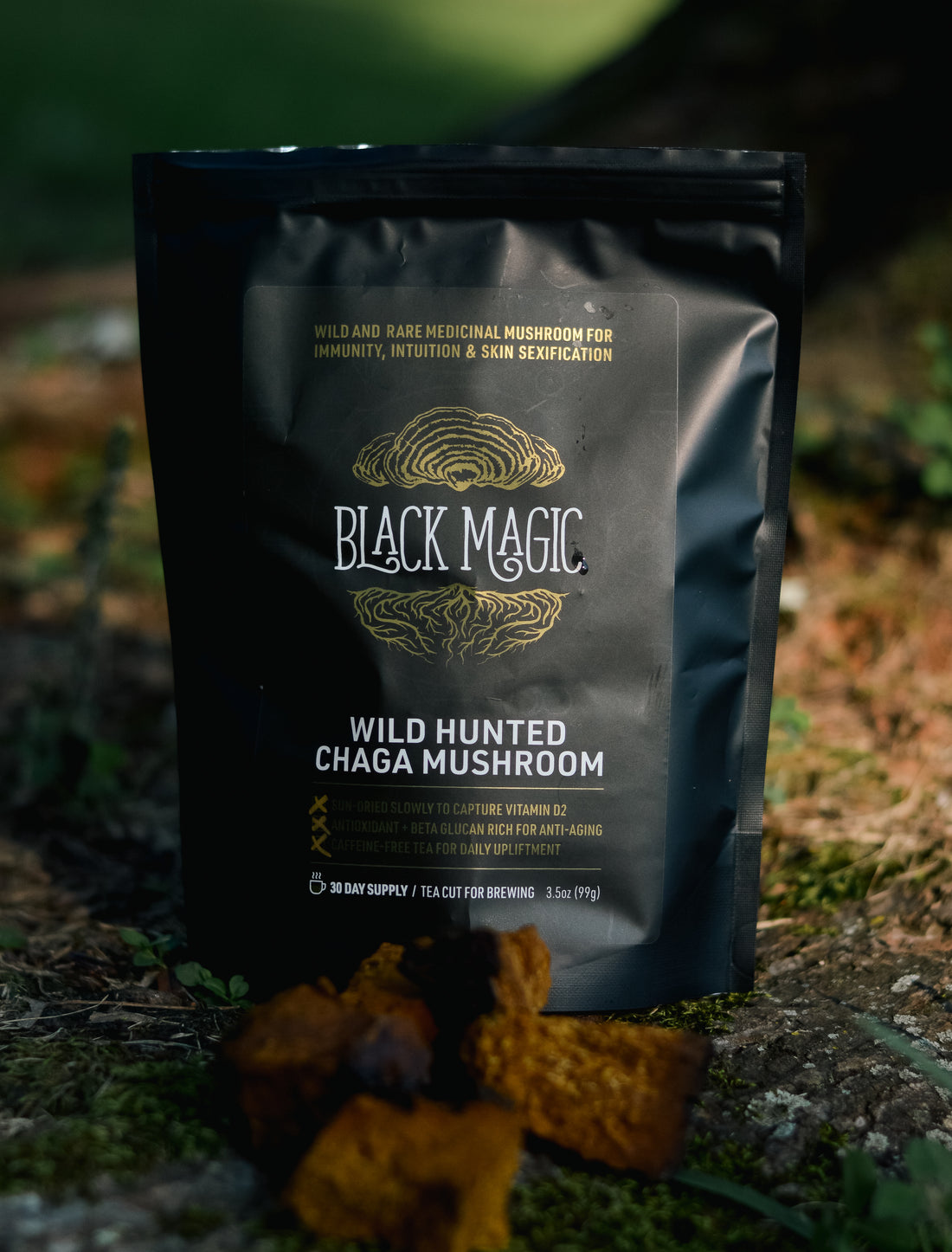Following the 2017 Northern California wildfires, dangerous runoff from the leftover toxic ash nearly became a huge environmental disaster … until oyster mushrooms came to the rescue.
Like benevolent sponges, they mopped up a hefty amount of pollutants from local creeks, which included hazardous household waste and building materials, paint, pesticides, cleaning products, pressure-treated wood, arsenic, asbestos, copper, hexavalent chromium, lead, and more.
"Oyster mushrooms did this?" you're probably thinking. "The kind you eat?"
Astoundingly, yes. And they aren't the only mushrooms with incredible clean-up powers.
In the last 15 years, mushrooms have also been used to mop up oil spills in the Amazon, boat fuel pollution in Denmark, contaminated soil in New Zealand, and PCBs from various rivers.
Nature's Chelators
We know: it sounds incredible. Mushrooms’ ability to break down plastics, chelate heavy metals, and convert pesticides and herbicides to more benign compounds truly represents a new frontier in how we handle environmental pollution. Referred to as mycoremediation, this new horizon is an emerging technique that uses mushrooms to clear hazardous waste, harnessing their natural ability to use enzymes to break down chemical substances, and even radiation.
Interestingly, the same properties that allow mushrooms to detox environments can also help to detox our bodies – our internal environment.
Maitake, to give an example, has been found to help detoxify lead and mercury, and oyster mushrooms can help protect the liver, one of our main detox organs.
Another study found that chaga mushroom extract was able to protect liver tissue from the effects of tetra-butyl hydroperoxide, a chemical known to cause liver damage. It also contains several other liver-protecting compounds such as betulinic acid, betulin and linolenic acid.
This link between mushrooms assisting with detoxing the environment AND within our bodies highlights the power of observing Nature. The more we slow down and observe how something behaves in the natural world, the more we will likely be able to see its effect on our health.
If mushrooms clean waterways and soils, perhaps they also clean our inner waterways. Our inner soils.
A Mirror of Nature: From External to Internal Healing
The connection between mushrooms’ environmental and physiological benefits underscores a profound principle: nature’s solutions often mirror human health needs. If mushrooms can purify waterways and soils, they may also cleanse our “inner waterways” (blood, lymph) and “inner soils” (tissues, organs).
This parallel highlights the value of observing nature’s patterns to inform health practices. By studying how fungi remediate external toxins, we gain insights into their potential to support our bodies’ resilience against internal pollutants, such as heavy metals, environmental toxins, or oxidative stress from modern diets and lifestyles.
For example, chaga’s ability to thrive in harsh environments, like the cold forests of Canada, reflects its resilience and adaptability—qualities that translate to its health benefits. Locally harvested Canadian chaga, used in products like our organic chaga mushroom rootbeer syrup are packed with bioactive compounds not only delivers a refreshing taste but also offers a compact mineralization of what it takes to survive in the intense environmental pressures of the northern forest.
Mushrooms as Environmental 'Engineers'
Beyond their role in detoxifying pollutants, mushrooms are proving to be versatile allies in sustainable innovation. Fungi like Trichoderma and Pleurotus species are being explored for their ability to degrade synthetic materials, such as microplastics, which accumulate in oceans and landfills.
In a 2020 study in Brazil, researchers found that certain fungi could break down polyurethane plastics into simpler compounds within weeks, a process that would otherwise take decades. This capability stems from mushrooms’ lignin-degrading enzymes, which evolved to break down tough plant fibers but can also tackle man-made polymers.
Mushrooms are also being used to restore degraded ecosystems. In areas affected by deforestation or industrial activity, species like Mycena and Armillaria help rebuild soil health by decomposing organic matter and recycling nutrients.
Their mycelial networks—vast, underground webs of fungal threads—act like nature’s internet, connecting plant roots and facilitating nutrient exchange. This symbiotic relationship, known as the mycorrhizal network, enhances soil fertility and supports reforestation efforts.
For example, in Canada’s boreal forests, mycorrhizal fungi have been used to rehabilitate mining sites, promoting the growth of native trees and stabilizing soil.
Fungi in Biotechnology
Mushrooms’ potential extends into cutting-edge biotechnology. Scientists are harnessing fungal enzymes for industrial applications, such as producing biofuels from agricultural waste. Trichoderma reesei, for instance, produces cellulases that convert plant material into fermentable sugars, offering a renewable alternative to "fossil" fuels.
In Denmark, researchers are developing fungal-based bioreactors to treat wastewater, using mushrooms to filter out heavy metals and organic pollutants more efficiently than traditional methods.
Another exciting frontier is 'mycomaterials'—sustainable alternatives to plastics and leather made from mycelium, the root-like structure of mushrooms. Companies like MycoWorks are growing mycelium into durable, biodegradable materials for packaging, fashion, and construction.
These materials require minimal energy to produce and decompose naturally, unlike petroleum-based plastics. In 2023, a pilot project in the Netherlands used mycelium-based panels to insulate buildings, reducing carbon footprints while showcasing fungi’s versatility.
Mushrooms and Climate Resilience
Fungi also play a critical role in addressing climatic changes to the environment by sequestering carbon in soil, mushrooms like Agaricus help mitigate greenhouse emissions.
Their mycelial networks store carbon underground, preventing its release into the atmosphere. In agricultural settings, fungi are being integrated into regenerative farming practices to enhance soil structure and reduce reliance on chemical fertilizers.
A 2022 study in Australia demonstrated that fungal inoculation increased crop yields by 15% while improving soil carbon storage, offering a dual benefit for food security and climate resilience.
A Call to Embrace Fungal Solutions
The remarkable abilities of mushrooms challenge us to rethink our approach to environmental challenges. From cleaning up oil spills to creating sustainable materials, fungi offer solutions that are not only effective but also harmonious with nature.
By supporting research and initiatives in mycoremediation and fungal biotechnology, we can unlock new ways to heal our planet.
Next time you see a mushroom, consider its hidden potential—not just as a culinary ingredient, but as a powerful ally in building a sustainable future.










